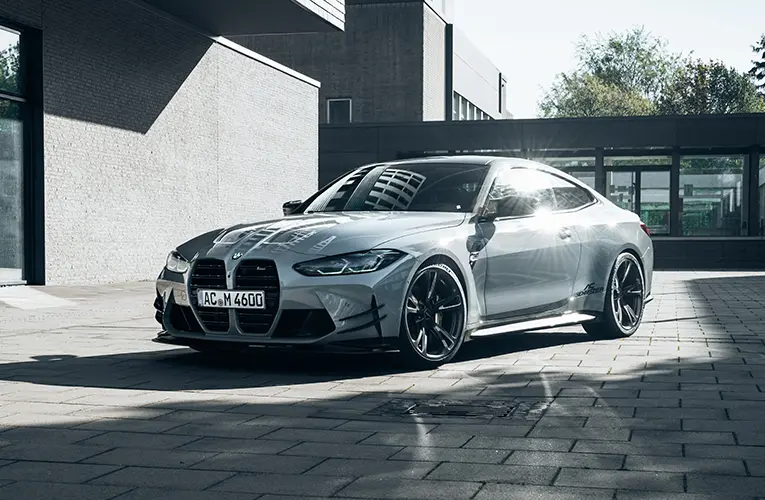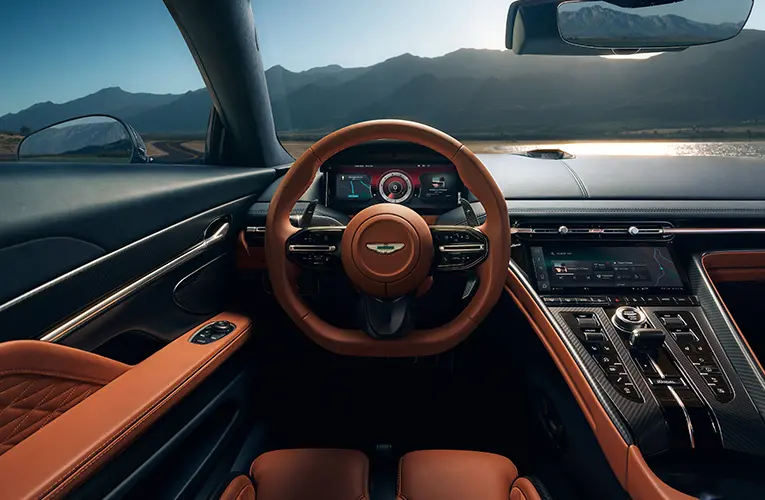“Driving Innovation: A Comprehensive Guide to the Latest Automotive Technologies and Trends”
### Driving Innovation: A Comprehensive Guide to the Latest Automotive Technologies and Trends
The automotive industry is undergoing a rapid transformation, driven by advances in technology, sustainability, and consumer preferences. From electric vehicles (EVs) to autonomous driving systems, innovations are reshaping the future of transportation. This guide explores the latest automotive technologies and trends that are defining the industry today.
—
## 1. **Electric and Hybrid Vehicles**
### 1.1 **Electric Vehicles (EVs)**
– **Overview:** EVs are powered entirely by electricity and offer zero emissions, making them a key component of the push towards sustainability.
– **Trends:** Improvements in battery technology are extending driving ranges and reducing charging times. Major automakers are expanding their EV lineups, with new models catering to a wide range of consumers.
### 1.2 **Plug-in Hybrids (PHEVs)**
– **Overview:** PHEVs combine a traditional internal combustion engine with an electric motor, allowing for both electric-only driving and longer trips using gasoline.
– **Trends:** PHEVs are gaining popularity due to their flexibility and ability to reduce fuel consumption while still offering the convenience of a gasoline engine.
### 1.3 **Hybrid Vehicles**
– **Overview:** Traditional hybrids use both an internal combustion engine and an electric motor but do not need to be plugged in. They improve fuel efficiency and reduce emissions.
– **Trends:** The latest hybrid models feature advanced battery technology and regenerative braking systems to maximize fuel efficiency.
—
## 2. **Autonomous Driving Technologies**
### 2.1 **Driver Assistance Systems**
– **Features:** Includes technologies like adaptive cruise control, lane-keeping assist, and automated parking.
– **Trends:** These systems are becoming more advanced, with features that can handle complex driving scenarios and provide a semi-autonomous driving experience.
### 2.2 **Full Self-Driving (FSD) Capabilities**
– **Features:** Aims to achieve full automation with no driver intervention required. Includes advanced sensors, machine learning algorithms, and real-time data processing.
– **Trends:** Companies are testing and gradually rolling out FSD features, though regulatory and safety considerations are ongoing challenges.
### 2.3 **Vehicle-to-Everything (V2X) Communication**
– **Features:** Allows vehicles to communicate with each other and with infrastructure (traffic lights, road signs) to improve safety and traffic flow.
– **Trends:** V2X technology is being integrated into new vehicles, aiming to reduce accidents and enhance overall driving efficiency.
—
## 3. **Advanced Infotainment and Connectivity**
### 3.1 **Smart Infotainment Systems**
– **Features:** Modern systems offer large touchscreens, voice recognition, and integration with smartphone apps (Apple CarPlay, Android Auto).
– **Trends:** Infotainment systems are becoming more intuitive and connected, with over-the-air updates and personalized user experiences.
### 3.2 **In-Car Internet and Wi-Fi**
– **Features:** Provides internet access and connectivity for passengers, enabling streaming, browsing, and communication.
– **Trends:** Increasingly common in new vehicles, with options for built-in 4G/5G connectivity and data plans.
### 3.3 **Augmented Reality (AR) Dashboards**
– **Features:** Uses AR to project information onto the windshield, such as navigation directions and speed.
– **Trends:** AR dashboards are being developed to enhance driver awareness and provide a more immersive driving experience.
—
## 4. **Sustainable and Eco-Friendly Technologies**
### 4.1 **Alternative Fuels**
– **Features:** Includes hydrogen fuel cells, biofuels, and synthetic fuels.
– **Trends:** Research and development are focusing on alternative fuels to reduce reliance on fossil fuels and lower emissions.
### 4.2 **Recycled and Sustainable Materials**
– **Features:** Use of recycled plastics, sustainable fabrics, and eco-friendly manufacturing processes.
– **Trends:** Automakers are increasingly incorporating sustainable materials into vehicle interiors and production processes.
### 4.3 **Energy-Efficient HVAC Systems**
– **Features:** Advanced climate control systems that use less energy and provide better temperature management.
– **Trends:** New vehicles are equipped with more efficient heating, ventilation, and air conditioning systems to reduce energy consumption.
—
## 5. **Enhanced Safety Technologies**
### 5.1 **Advanced Airbag Systems**
– **Features:** New airbag designs and deployment systems that provide better protection in various types of collisions.
– **Trends:** Enhanced airbag technologies are being integrated into new vehicles to improve passenger safety.
### 5.2 **Automatic Emergency Braking (AEB)**
– **Features:** Detects potential collisions and automatically applies the brakes to prevent or mitigate accidents.
– **Trends:** AEB systems are becoming standard in many new vehicles, contributing to improved overall road safety.
### 5.3 **360-Degree Camera Systems**
– **Features:** Provides a comprehensive view around the vehicle, helping with parking and maneuvering in tight spaces.
– **Trends:** Increasingly common in new vehicles, offering enhanced visibility and reducing the risk of accidents.
—
## 6. **Innovative Vehicle Designs**
### 6.1 **Modular and Customizable Designs**
– **Features:** Vehicles with customizable features and modular components that can be adjusted or upgraded.
– **Trends:** Modular designs are allowing for greater personalization and flexibility in vehicle configurations.
### 6.2 **Aerodynamic Enhancements**
– **Features:** Improved aerodynamics to reduce drag and improve fuel efficiency or range.
– **Trends:** New vehicle designs are focusing on aerodynamic efficiency to enhance performance and reduce energy consumption.
### 6.3 **Futuristic Concepts and Prototypes**
– **Features:** Innovative concepts such as autonomous shuttles, flying cars, and advanced mobility solutions.
– **Trends:** Automotive companies are exploring futuristic concepts that push the boundaries of current technology and transportation methods.
—
## Conclusion
The automotive industry is on the brink of a technological revolution, with advancements that promise to make driving safer, more efficient, and more enjoyable. From electric vehicles and autonomous driving to smart connectivity and sustainable materials, these innovations are shaping the future of transportation. Staying informed about these trends can help you make informed decisions, whether you’re buying a new car or simply interested in the latest developments in automotive technology.









